This post may contain affiliate links, please read our disclosure policy.
What exactly are sulfites? Sulfites are a food preservative commonly used in winemaking. Sulfites aid in maintaining the flavor and freshness of wine. Learn more about wine sulfites.
What Exactly Are Sulfites and Why Are They In Wine?
I’m sure you have seen the notice on wine bottles, or maybe you have just heard the term. So, if you are slightly curious as to what wine sulfites are, I have some answers for you. All wines contain them, but are sulfites really bad for you? You’ve probably seen the scary warning label on wine bottles: “Contains Sulfites.” But just what does that exactly mean and should you be concerned?
The Role of Sulfur in Winemaking
Sulfur, usually in the form of Sulfur Dioxide (SO2), acts as a preservative that retards microbial activity in wine. It occurs naturally in grapes and is present in tiny amounts in all wine. Its presence in wine was noted as far back as the 15th century. Today it is expressed in parts per million (PPM). U.S. laws allow a maximum sulfur content in wine of 350 PPM but wine rarely exceeds 150 PPM in actual practice and most well-made wines are usually in the 30-50 PPM range.
The human body naturally produces around 1,000 milligrams of sulfur dioxide every day. A typical glass of wine contains about 80 mg. According to Michael Lasky, writing for Wine Business Monthly, despite widespread belief, there has been no study that links low levels of sulfites to deleterious health issues. However, very high levels (much more than would be found in any wine) are believed to affect certain asthmatics.
Can You Smell or Taste Sulfur in Wine?
Wine naturally contains less than 10 PPM (parts per million), not enough to protect against spoilage. So it must be added in the form of powder, solution or gas. Most wineries add SO2 at the crush and again after fermentation. Under ideal conditions the sulfur bonds with the color pigments in wine and becomes odorless and tasteless. Excess molecules of sulfur remain free from bonding and are easily detected upon opening a bottle of wine. SO2 is very volatile and usually dissipates within a few seconds of exposure to air. But when a wine has been excessively sulfured you can detect an unpleasant warm, earthy aroma and flavor. SO2 levels up to 10 PPM are generally undetectable.
Is there Sulfur in Organic Wine?
The amount of truly organic wine produced in the U.S. and Canada is minuscule. Wines so labelled must contain no more than 10 ppm SO2 and no sulfites may be added. More often you will see wines labelled “Made with Organic Grapes.” U.S. law allows up to 100 PPM in wines so labelled. There are no federal standards for wines labelled “biodynamic,” but Demeter International (the agency that certifies biodynamic farming) restricts added sulfites to 150 ppm.
Wineries Are Trying To Reduce the Need for Added Sulfites
It has been established that certain options can be used to reduce the amount of added sulfites in wine. Most important is temperature control. Microbial activity exists in direct proportion to temperature and very little activity is found in wine held below 52°. But once the wine reaches your home, the bugs will begin their destructive work if the wine is not held at very cool temperatures. Such wines should not be cellared at temperatures above 55° for more than two or three years, especially in the case of white wines. Higher alcohol levels inhibit microbial activity and reduce the need for added sulfites, but can degrade the quality of the wine if excessive. Higher acid also acts as a preservative. And the increasingly common practice of aging wine on the lees (spent yeast cells after fermentation, “sur lie”) allows the yeast cells to function as antioxidants, reducing the need for additional sulfites.
Since any chemical additives will degrade the quality and freshness of wine, wineries are striving to lower the level of added sulfites by adopting some of the procedures listed above. One Napa Valley winery, Coppola’s Rubicon Estate (Inglenook), has already reduced its use of added sulfites by 40% and other wineries are following suit.
Lessons Learned About Wine Sulfites
- There’s little need to worry about sulfites in your wine since your own body produces them in much greater quantity.
- Truly organic wines should be consumed within one to three years.
- All wine kept for extended time should be stored as close to 55° as possible.
- If your wine smells or tastes of sulfur after a minute or two of aeration it has been heavily sulfured and the wine’s inherent quality has been degraded to some degree.
Did you know that wine had sulfites? What are your thoughts on wine sulfites?
Be sure to follow Food Wine Sunshine on Facebook, Twitter, Pinterest, and Instagram for more wine tips and experiences, healthy recipes, and travel.
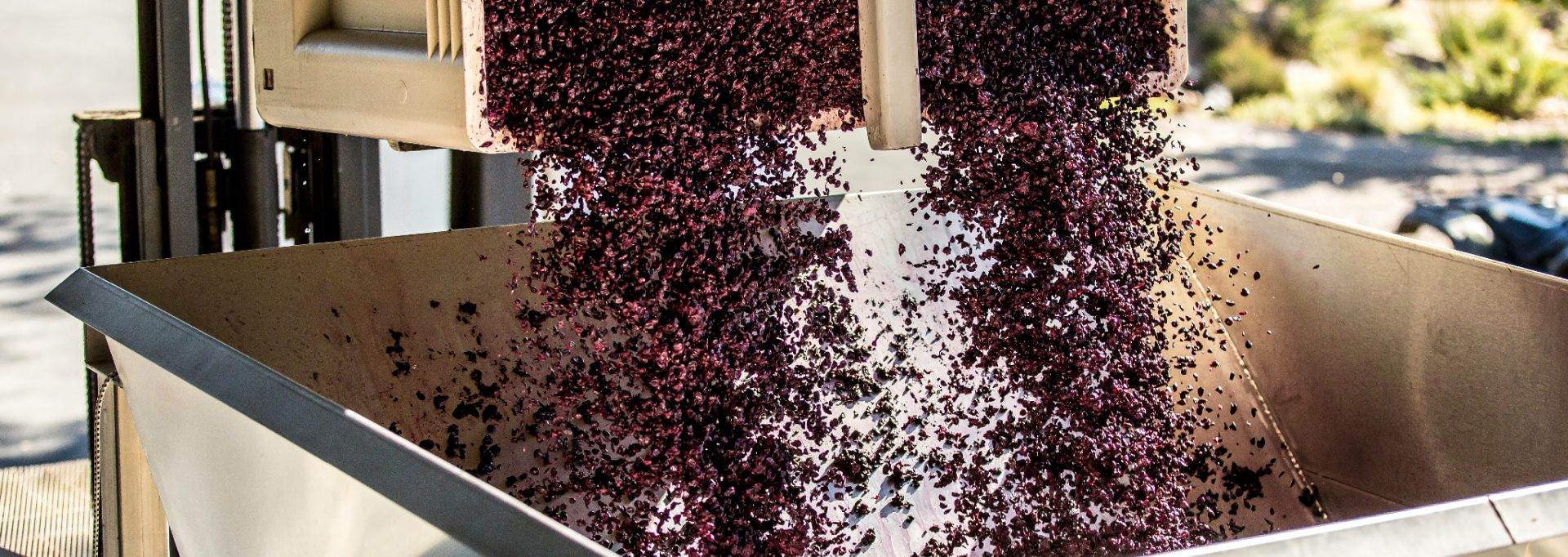

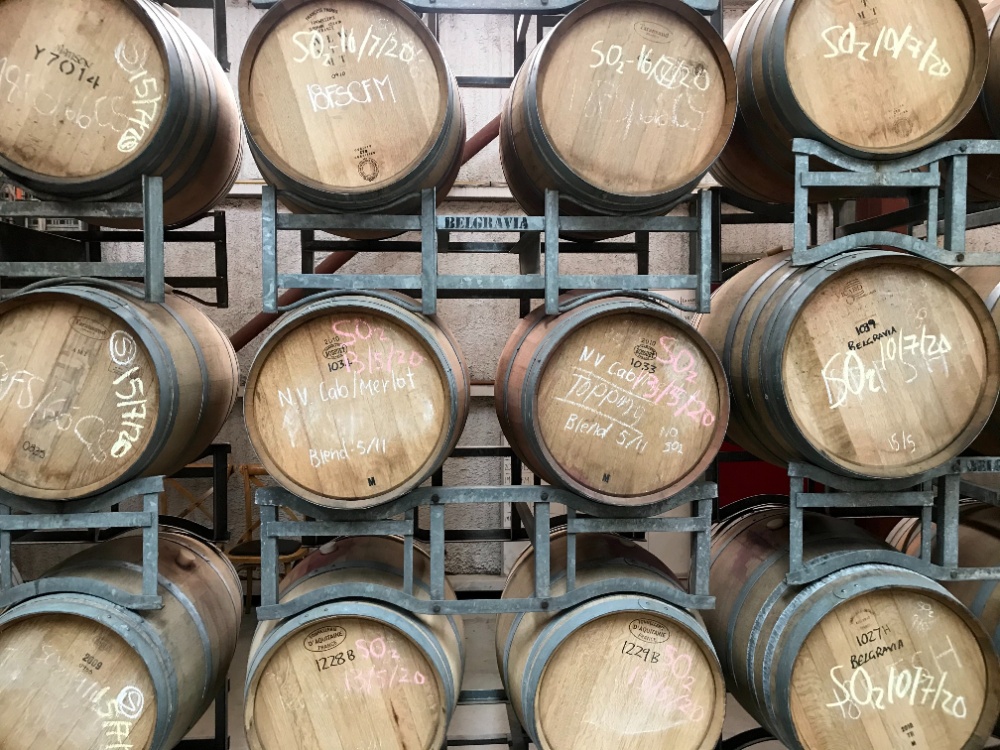
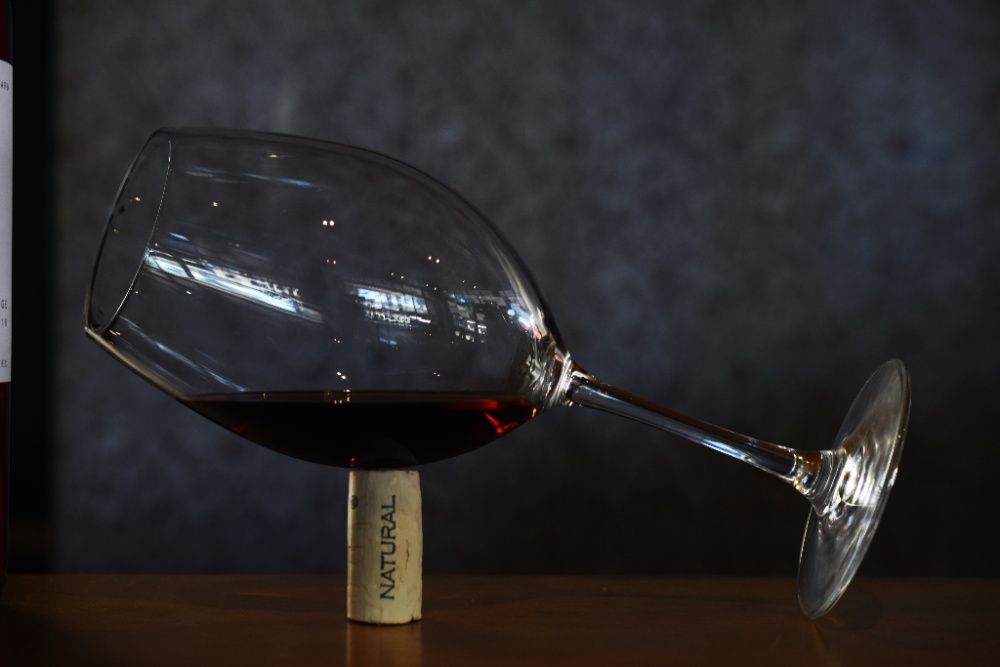
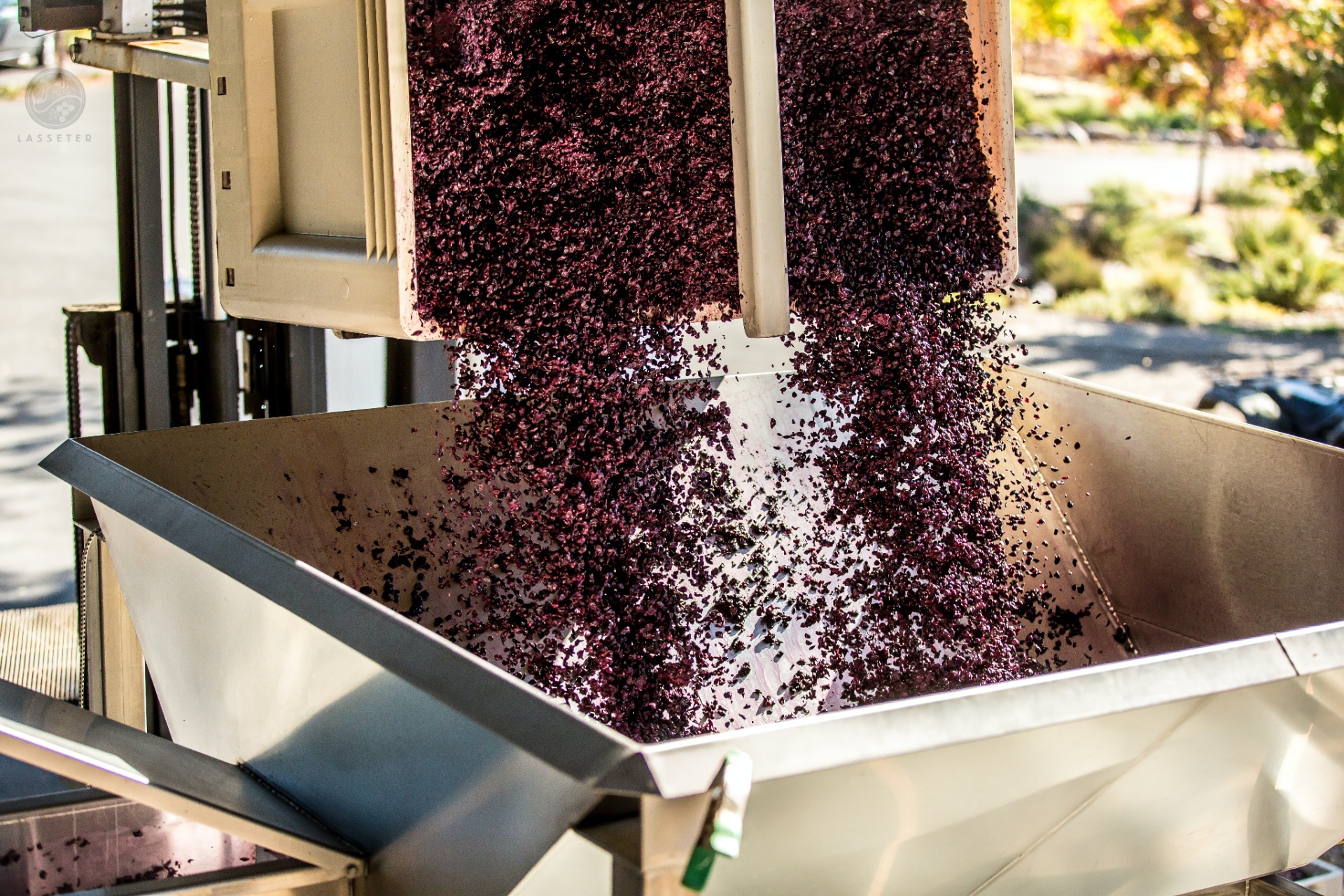



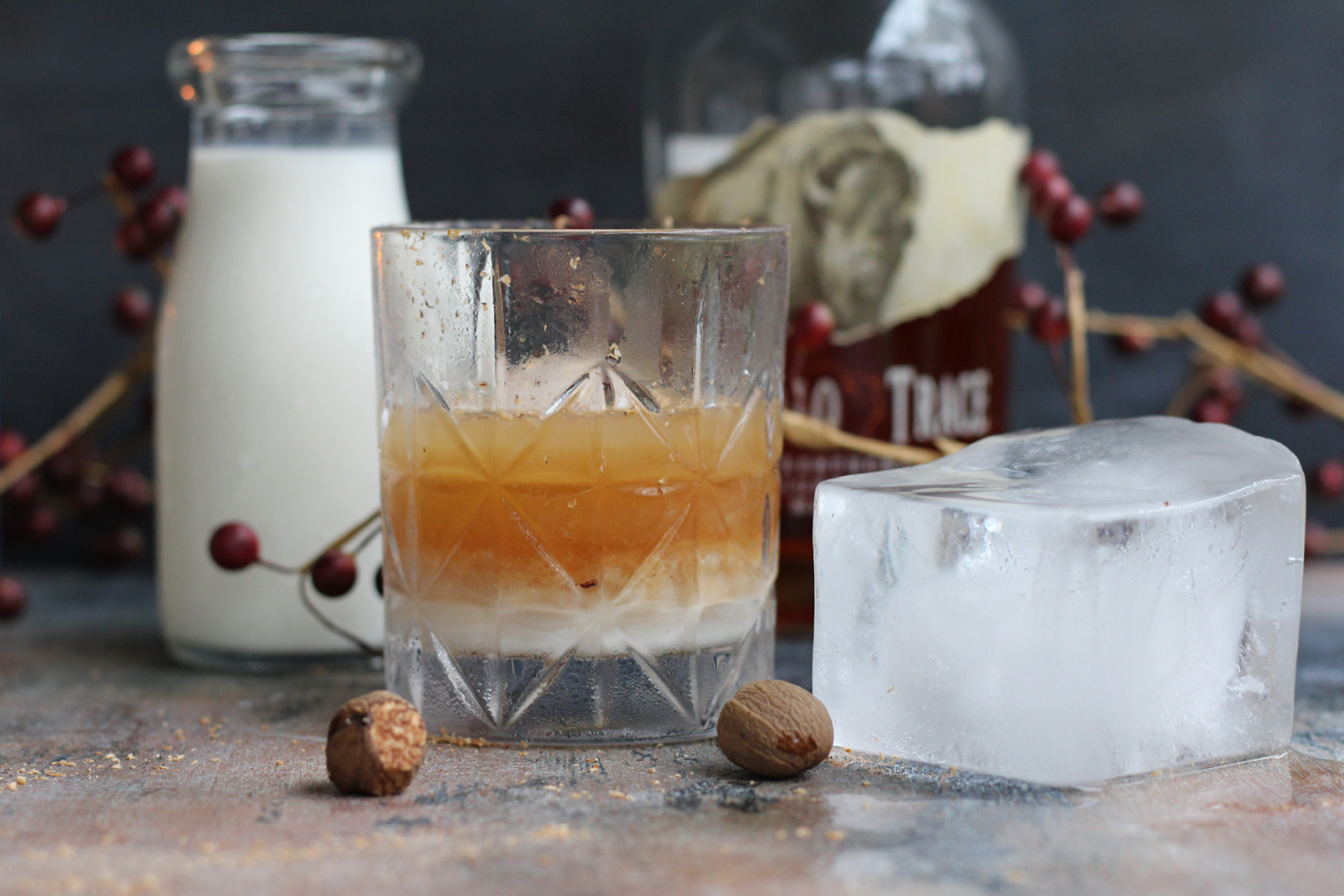


Comment section